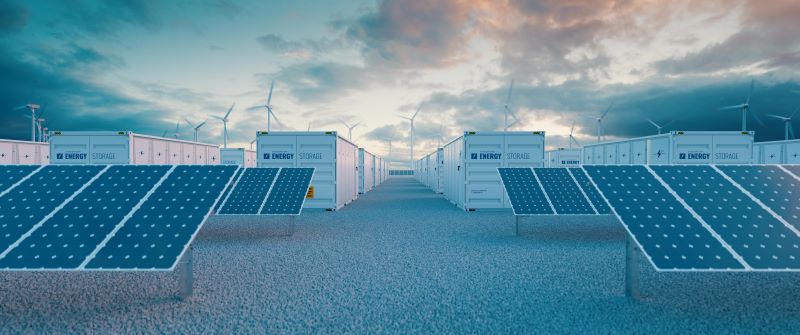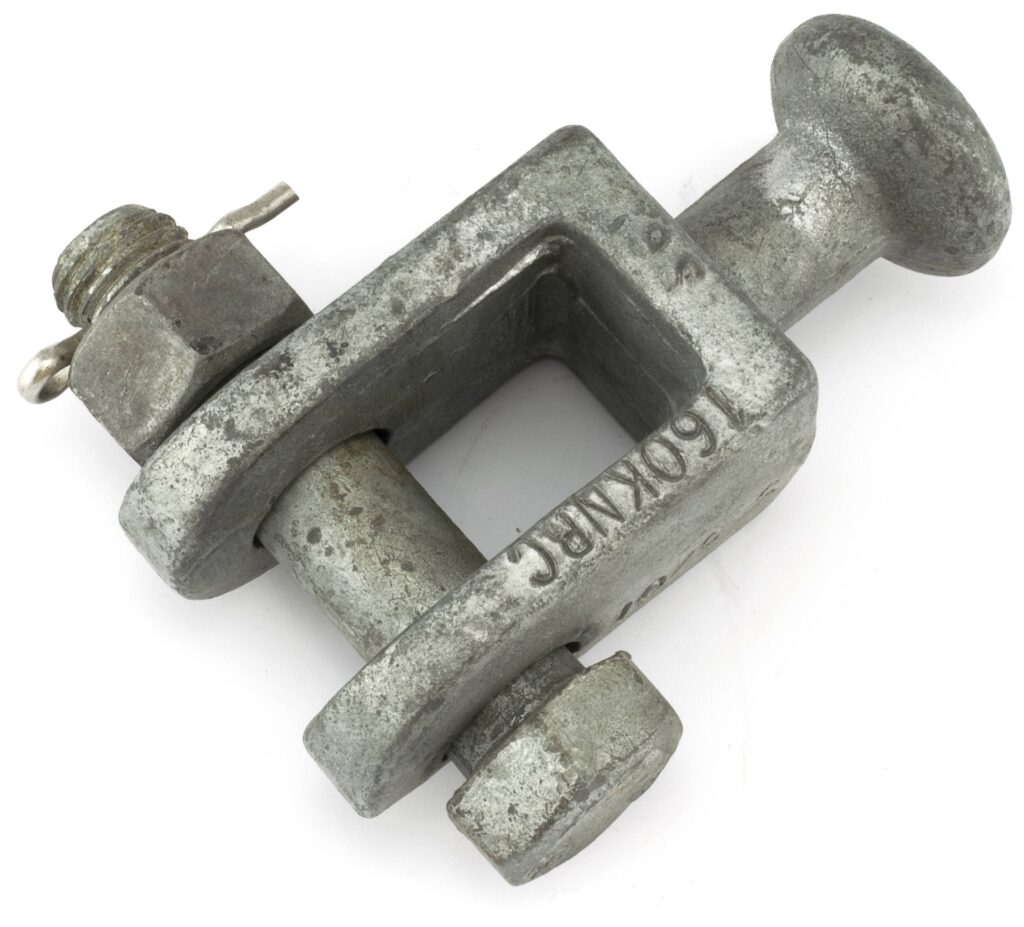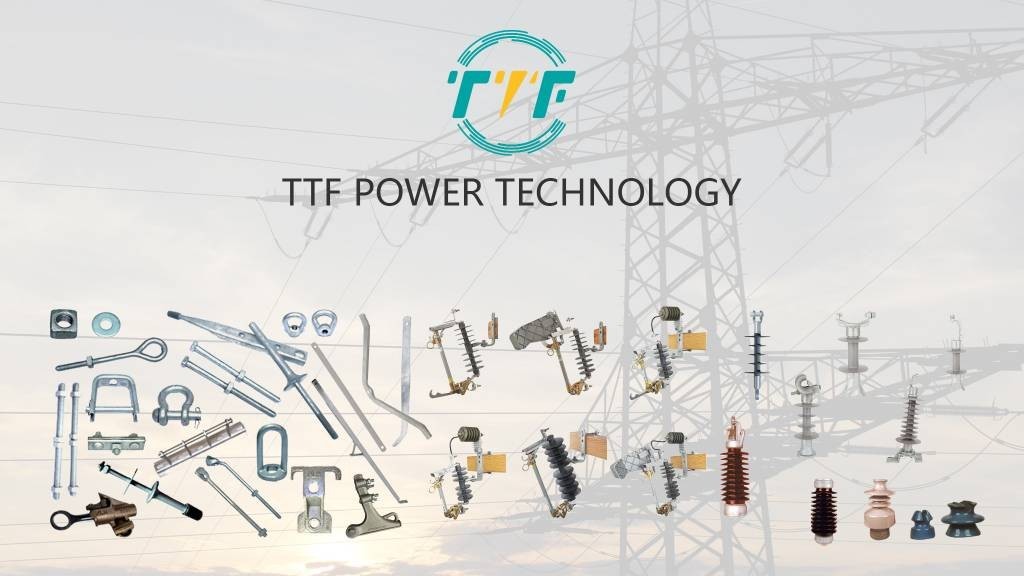
As South America aims to add 160 GWdc of solar photovoltaic capacity, Chile is set to become a leader in the renewable energy market. There are diversification efforts growing power demand and favorable system economics in the region. The increased installation of solar PVs will help Chile account for 78% of new installations. Exceptional natural resources, supportive policies, and increasing energy demand also support the growth of the renewable energy market in the country. Chile’s national energy policy aims to achieve 70% of renewable energy in its electricity mix by 2030 and carbon neutrality by 2050. Analysts predict that solar capacity could double or triple by 2030. This arises from the declining technology costs and favorable regulatory frameworks. Renewable energy expansion relies on specific components such as a ball clevis. The clevis helps transmit electricity from generation sites to urban centers and industrial hubs.
A ball clevis is a mechanical component used in the installation of overhead transmission lines and distribution systems. It helps connect insulators to cross-arms or other structures in overhead transmission lines. This contributes to the reliability of the grid, which is essential for integrating intermittent renewable energy sources like solar and wind. Large-scale solar PV projects need extensive electrical infrastructure to connect to the grid. Ball clevises enhance the construction of the lines and ensure that generated electricity is efficiently transmitted.
The role of solar and solar storage hybrid projects in Chile’s energy sector
Chile has emerged as a global leader in renewable energy and solar PV and solar storage hybrid projects. These projects play a crucial role in the transition toward a clean, reliable, and resilient energy system. The use of these projects ensures grid stability, reduces curtailment, cuts emissions, and increases energy access. Here are the contributions of solar PV and solar storage hybrid projects in Chile.

- Expanding renewable energy capacity—Chile has the highest solar irradiance levels in the world in areas like the Atacama Desert. This has made solar PV the fastest-growing energy source with over 14 GW of installed capacity. Solar and storage hybrid projects help mitigate intermittency issues by storing excess energy during peak sunlight hours.
- Reducing grid congestions—battery energy storage solutions help by storing surplus electricity and discharging it when needed. This reduces energy wastage and optimizes grid efficiency.
- Energy security and resilience—solar hybrid projects improve grid stability and reduce dependence on fossil fuels. Large-scale projects help to maintain a steady power supply during demand fluctuations.
- Supporting decarbonization goals—solar PV and battery energy storage systems—helps replace coal and diesel-based power generation.
- Enabling access in remote areas—hybrid solar and storage microgrids reduce reliance on diesel generators and improve energy access for off-grid communities and the mining industry.
The relevance of ball clevis in increased renewable share in Chile
A ball clevis is a crucial component in transmission and distribution infrastructure in high-voltage power lines. Ball clevises ensure the reliability and efficiency of power transmission in Chile’s growing solar and storage energy sector. Ball clevises support Chile’s clean energy transition by enhancing transmission stability, reducing curtailment, integrating storage, and ensuring resilience. Their functions include strengthening transmission infrastructure, enhancing grid stability, supporting energy storage integration, and easing the expansion of distributed generation.
The key drivers for Chile’s renewable energy growth
In the coming years, Chile’s solar PV capacity could exceed 15 GW with a significant portion coming from solar and storage hybrid projects. The development of these projects could create jobs in construction, operations, and maintenance. This could position Chile as a leader in renewable energy technology and expertise. The key drivers for Chile’s renewable energy include:

- Decarbonization goals—Chile is committed to phasing out coal-fired power plants and replacing them with renewable energy sources. This creates a stronger demand for solar and solar storage solutions.
- Government policies and targets—The Chilean government has put in place policies to promote renewable energy. This is including auctions for renewable energy projects and tax incentives for clean energy investments.
- Electrification and energy demand—growing energy demand from mining operations and increasing electrification of transportation and other sectors drive the need for reliable and sustainable energy sources.
- Favorable natural conditions—Chile’s Atacama Desert provide solar resources with high solar irradiance and clear skies.
